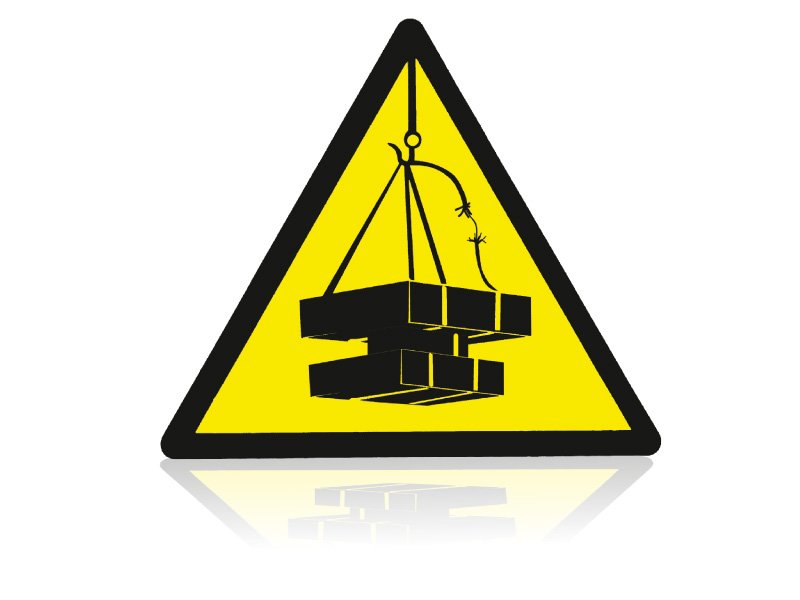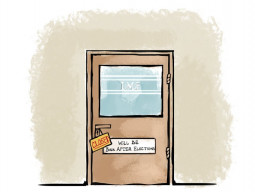
Pakistan’s debt obligations have crossed all sustainable levels as according to the State Bank of Pakistan the country’s debt and liabilities have soared to Rs15.2 trillion, equal to 68% of the total size of economy.
The latest debt figures come at a time when the International Monetary Fund (IMF) has advised the federal government to slash the debt, terming it “too high to be sustained”.
In September 2012, Pakistan’s total debt and liabilities stood at Rs15.2 trillion, for the first time ever, or 68.4% of gross domestic product (GDP), according to the SBP’s figures released last week. Compared to September 2011, the growth in debt and liabilities was alarmingly high at 17.7%.
The persistent increase in the debt burden is mainly the result of an uncontrollable federal budget deficit followed by rupee depreciation, which is adding billions of rupees to the debt even without borrowing a penny, says a finance ministry official.
Excluding liabilities, total debt stood at Rs14.5 trillion or 65.3% of GDP. According to the Fiscal Responsibility and Debt Limitation Act of 2005, total debt should not exceed 60% of GDP.
However, the IMF believes even this threshold is “too high”, sustained only by developed countries, which enjoy greater access to world financial markets and can borrow easily. It suggests that countries like Pakistan must take their debt much below 60% of GDP to overcome hurdles standing in the way of venturing into world capital markets.
For the last almost three years, the government has been struggling to float $500 million worth of exchangeable Euro Bonds backed by shares of blue-chip company, the Oil and Gas Development Company. Deteriorating economic conditions and eurozone debt crisis have so far left all such attempts unsuccessful.
Redefining the debt threshold is likely to be a condition in any new programme that Pakistan negotiates with the IMF in an attempt to avert a balance of payments crisis.
According to the SBP figures, domestic debt has surged to Rs8.2 trillion, 53.6% of total debt and roughly 37% of GDP. External debt has been put at Rs6.1 trillion.
As all sectors of the economy do not pay taxes due to exemptions granted on political grounds, experts attach much more importance to the debt-to-revenue ratio instead of measuring it in relation to the total size of economy.
As compared to acceptable levels of debt at three and a half times of revenue, the ratio is almost five times, underscoring the vulnerability of the country at a time when it has to return big loans to international creditors.
While the central bank puts total debt and liabilities at Rs15.2 trillion, the federal government has its own figure, which estimates the debt at slightly over Rs14 trillion.
The government does not add the debt owed by public sector enterprises and non-government bodies, arguing extension of sovereign guarantees does not mean that the government is responsible to return this amount.
The finance ministry takes the stand that private debt backed by sovereign guarantees is not covered by government revenue and should not be added to the public debt. However, the SBP’s debt definition meets international standards and is also supported by the IMF.
Published in The Express Tribune, January 22nd, 2013.
Like Business on Facebook to stay informed and join in the conversation.
COMMENTS (30)
Comments are moderated and generally will be posted if they are on-topic and not abusive.
For more information, please see our Comments FAQ

































1714024018-0/ModiLara-(1)1714024018-0-270x192.webp)










@Feroz: A developed economy as the article clearly states can borrow money at lower interest rates for example which developing countries cannot making our debt level unsustainable!
We have almost economically defaulted...It was a great blunder keeping debt to GDP limit 60% in the relevant act that shows clear malafide intention of the Government, depreciation of the rupee is also the result of poor financial policies of the Government...in my point of view, not only the sitting Government but the friendly opposition is more responsible for all this who put the country's future at risk just in exchange of dream, "agali saadi wari a"... one thing in this situation is sure, no undemocratic force will march to take the blame of financial collapse and derailment of this rotten democracy...
@Feroz: IT is not the 68% ratio per se but Pakistan's ability to service the debt that is a problem. The debt servicing ability for forex loans is compromised by low foreign reserves. On the local currency side, the tax to GDP ratio is very low and a disproportionate amount is used up for debt servicing leaving little for development.
@goggi: What is the ratio of GDP Pakistan spends on securing Nuclear assets?
Musharraf was busy reducing the debt, whereas Zardari is busy elevating the debt behind jeay bhutto slogan.
deep state = steep debt
Hey Mirza ,look what your NRO-Government has done to Pakistan?
Won't you comment on it ?
Are you going to blame SC and CJ for this also?
Shame on the people like you who supports this incompetent and corrupt government!!!
At least 180 million citizens of Pakistan have contributed Rs. 83333,33 each, in the Swiss accounts of the Upper Class Feudalists === 15 trillion rupees. Unofficially the amount could be 100 times more, considering the inhuman wars and nuclear arm race.
@meekal a ahmed: Have you been watching the swelling FUTURE & SWAPS positions on SBP's Liquidity statement? Short positions stand at $6.4bn. Would love to read your article dissecting these figures. thnx.
Debt at 68% of GDP is moderate by International standards at a time when many countries have debts exceeding 100% of GDP. I agree that the State needs much better financial management but this article is merely making a mountain out of a molehill.
If and I emphasise on the if a govt. is sworn in that actually wants to fix the debt problem, one of the ways it could do that is by deregulation and privatisation, sell the industries under govt. control and it will solve a lot of problems not only that of debt.
@Rahim: Go //// yourself. You like this expression???? Its called free speech mate!!!!
Bail Ouuuuuuuuuuuuuuuuuttttttt !!!!!!!!!!
Thankyou Zardari and PPP
Debt levels have doubled in 5 years and the progress, development and growth has been immense. 'Sarcasm'
This is quite disturbing news for the Pakistanis. As compared to India's 135 billion dollars external debt, Pakistan is much lower ie 67 billion dollars. However, India's debt is manageable as its debt-GDP ratio is just 20 pc as compared to Pakistan which is mentioned as 65. One of the major factor for rising prices of all commodities and increasing inflation is printing of excess money ie approximately Rs 2 billions per day. If Pakistan has to survive, people must pay their taxes honestly, exports should increase and military expenditure should be drastically reduced.
Mulla Kuta is an indian trying to incite ppl against the army. Tell ur generals to stop.the genocide in kashmir and interference in our country and we will handle.the rest.
@mahakaalchakra:
workers' remittances are shown in the balance of payments; CSF funds are treated as "non-tax" revenue.
@faisal saleem: Pakistanis are not welcome anywhere, where ever they go the make Pakistan out of that place
Thank God I got out of Pakistan at the right time. Would never go back again.
Where do the $12 billion per year of foreign currency remittances go? Recepient public is given equivalent Pakistani currency by the banks or other institutions, which government prints as much they want. Same thing applies to the CSF which is given in dollers by USA? Where do those dollars go? Pakistan army does not use dollars for deployement expenses.
@ Mullah Kuta: The financial mis-management of this government is the only factor responsible for this gloomy situation. Zia ul Haq is not responsible even for the wrongdoings of others.
all in the name of roti, kapra and makaan!
The Finance Ministry team of Pakistan has ruined the country lead by FBR. FBR is dysfunctional.Honest senior officers are leaving the FBR and going to other department. Unless tax/GDP ratio is brought up to 15% this country is ruined and may collapse due to economic failure
I dont think we need to blame anyone ...but only democracy .. democracy to loot the country... this country doesn't need democracy.... only danda police ... strong dictatorship rule .... military rule last by musharaf .... has shown so much improvement... and removed almost out of depts... but this democracy have taken loan to fill their own interest .... whom to blame????
ET the first comment is offensive and the username is abusive. What type moderator policies you have.?
So is Japan. Nothing to worry about it. These parameters are well above the level of a common person to understand. Local industries should do better.
Pakistan would implode under its huge military and it perks both official and unofficial. There is no country in the world which has tiny economy but such a huge army despite having hundreds of nuclear weapons and missile programs. Even the USSR finally imploded when it could not keep pace with the much richer country the USA. In today's economy every country is cutting but Pakistani generals are increasing in numbers and we have more per capita generals than any other country of the world. With our terrorist havens foreign aid is evaporating and it cannot keep us afloat for long.
I urge all Pakistanis who can get away from Pakistan to go away from the country till it becomes peaceful.
Thank you finance minister from World Bank cabal. Special thanks to person who censored my comments against honorable finanace minister over the years.
Our country is a failed state while our neighbours are economic superpowers......we have only ourselves and our leaders to blame .......especially mullah Zia ul haq